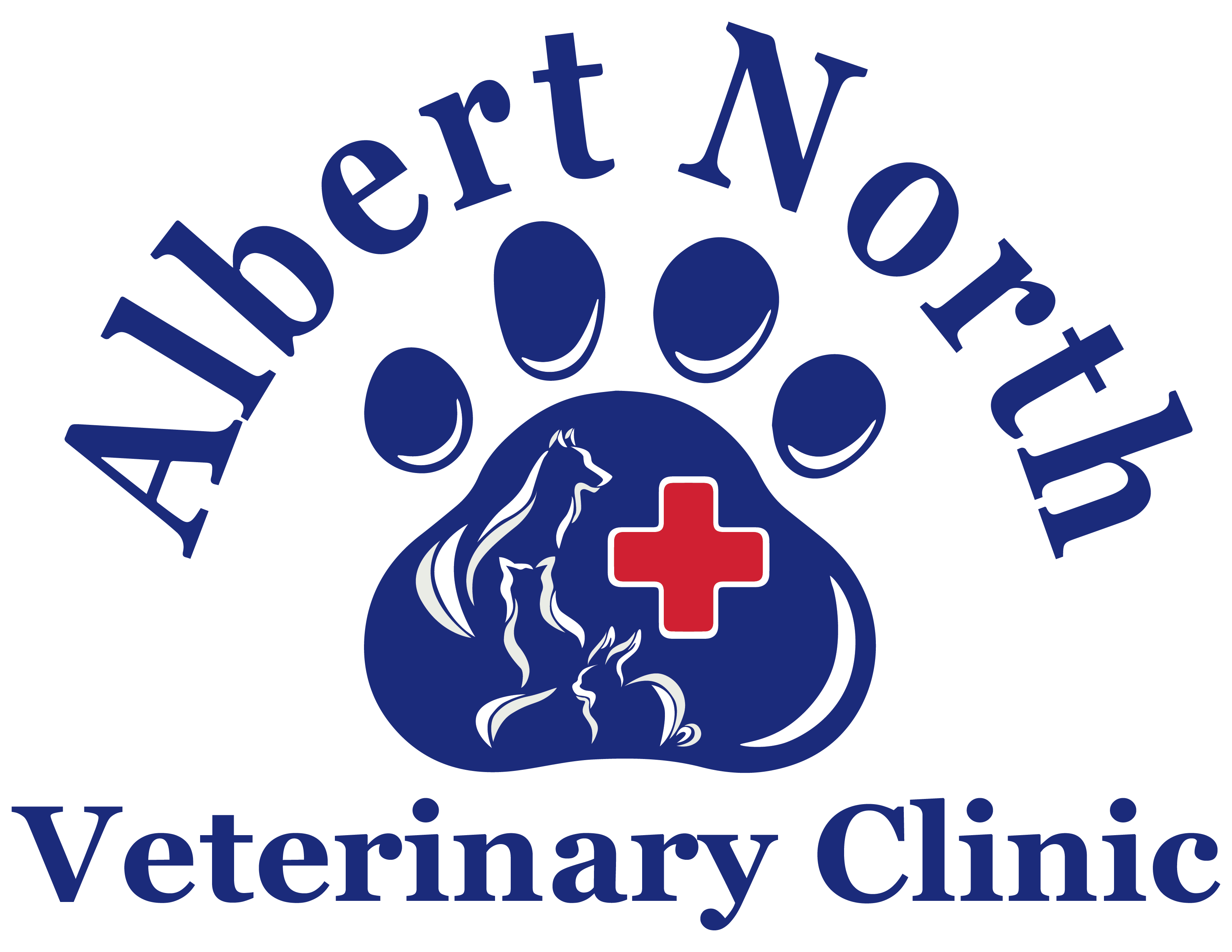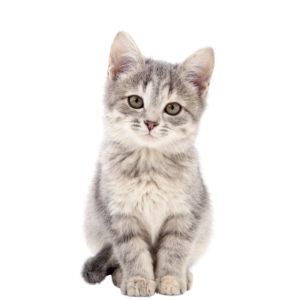There is a lot of information out in the world today about pet food. So many ads, trends and choices. How do you decide what is best for your pet?
It can be overwhelming to wade through all of the options, advertising, and media to determine what information is accurate and what is important. The internet can be full of good information, but it can also be full of bad information and misinformed opinions. The purpose of this blog series is to provide you with some facts and knowledge to help you on your journey.
Pet food labels in Canada are regulated by the Competition Bureau of Canada and the CFIA. Unfortunately there are minimal regulations for pet food labels.
There is also another association that regulates pet food called AAFCO (The Association of American Feed Control Officials). AAFCO has no legal authority. Compliance on Canadian specific foods is voluntary and any food that is also sold in the USA is required to have an AAFCO statement. When pet food labels have an AAFCO statement it means that the company has volunteered their information to AAFCO and adhere to their general guidelines. The AAFCO statement tells us 2 things:
- If the food is simply formulated or if it is feeding trial tested
- Formulated means it follows the guidelines set out by AFFCO but has never been fed to a pet before going to market. Your pet is the feeding trial test.
- Feeding trial tested means it has been fed to pets prior to going to market. However the requirements for feeding trials for the AAFCO statement are minimal. The food only has to be fed for a minimum 6 weeks to conduct the test and the numbers of animals required to start and end the test are fairly low. Some companies have their own separate guidelines for feeding trial testing that force them to uphold a higher standard on this part of the statement.
- Who the food is for – it will say either a specific life stage: puppy/kitten, adult or senior or it may say all lifestages. (All lifestages is explained below)
Many food brands tend to market their food around current trends, such as grain free, protein first, gluten-free, etc. Product names can be misleading and confusing. We will look at some of the marketing tactics that are used and what some common terms mean. Let us start with some things you may see on the front of the bag.
Kibble Shape and Color
Some manufactures market their diets based on the shape and color of the kibble. People like the feeling of giving their kitty a bowl of heart and fish shaped kibbles or having a diet for the family dog with stripped colored pieces to represent steak or yellow  pieces to represent cheese. The companies do this to appeal to owners, however they have to use dyes to achieve the uniform look. Think of when Heinz made purple ketchup.
pieces to represent cheese. The companies do this to appeal to owners, however they have to use dyes to achieve the uniform look. Think of when Heinz made purple ketchup.
Royal Canin and Hill’s do research on kibble technology because it is important to provide kibble adapted to the specific teeth and jaw structure of the pet that will be eating the food. The more uniform the shape and size of the kibble the better. Foods with a variety of shapes, sizes, and colours in each bag means there is no guarantee as to what your pet is getting in each feeding because each kibble is different.
Human Grade
There is no legal definition for the term human grade. Human grade essentially means that the slaughter house is certified for processing human food. It does not mean the food coming from there would necessarily be something that humans would eat. Also, once an ingredient leaves the slaughter house to a pet manufacture it cannot re-enter the human food chain and is no longer truly human grade.
Holistic, Organic and Natural
Holistic has no legal definition in terms of pet food, any manufacture can make claims of being holistic regardless of ingredients.
To be certified as organic:
- plant ingredients in foods must be grown without pesticides, artificial fertilizers, genetic modification, irradiation or sewage sludge.
- animal ingredients must come from animals raised on organic feed, given access to outdoors, and not treated with antibiotics or hormones.
Producers must be inspected to make sure they adhere to these standards.
Natural means that the raw ingredient has not been exposed to a chemical synthetic process, but the final product may have been. Organic and Natural do not speak to the nutrition supplied or the quality/safety of the diet.
All Lifestage Diets
For optimal nutrition diets need to address specific life stage needs and requirements. “All lifestage diet” means that it meets the nutritional requirements of the most ‘needy’ time frame of the pet’s life which is puppy/kittenhood. Therefore, these diets need to be high enough in calories, fat and protein levels to support a growing puppy/kitten. High calories are not needed for adult pets, especially if they are spayed/neutered, because they are already prone to weight gain. Higher levels of protein are not appropriate for mature/senior animals because it is harder on the kidneys and many mature/senior pets are already developing kidney problems, too high of protein content could exaserbate the problem. (Remember that this information is stated in the AAFCO statement on the side of the food bag).
Appealing to Owner’s Preferences
 This refers to diets that include ingredients such as blueberries, cranberries, meaty juices, fresh veggies and real chicken. These types of ingredients are meant to appeal to the owner. However you may notice that some of these are quite low on the ingredient list which goes in descending order by weight. If there is no measurable levels of blueberries and cranberries included in the formulation the ingredient may not provide a nutritional benefit to the pet. Think of it this way: there could be just a handful of berries in the whole batch of several bags of dog food providing almost no nutritional value then from the berry. However when the actual antioxidante from the berry (i.e anthocyanins) is in the ingredient listing, there is a higher chance that it is of a beneficial amount for your pet.
This refers to diets that include ingredients such as blueberries, cranberries, meaty juices, fresh veggies and real chicken. These types of ingredients are meant to appeal to the owner. However you may notice that some of these are quite low on the ingredient list which goes in descending order by weight. If there is no measurable levels of blueberries and cranberries included in the formulation the ingredient may not provide a nutritional benefit to the pet. Think of it this way: there could be just a handful of berries in the whole batch of several bags of dog food providing almost no nutritional value then from the berry. However when the actual antioxidante from the berry (i.e anthocyanins) is in the ingredient listing, there is a higher chance that it is of a beneficial amount for your pet.
Grain Free
Diets that are advertised as grain free again appeal to the owner’s preferences. Grain free means no wheat, barley, rye etc. These diets will often also contain no corn. They are  supplemented with a different carbohydrate source such as potato and rice (which is actually a grain). These diets may be “grain free”, but that does not mean carbohydrate free. The grain free claim is based on the misconception that dogs and cats are allergic to corn and do not tolerate carbohydrates supplied by grains. Corn and wheat allergies are very rare. We will cover myths about corn and wheat/gluten in part two.
supplemented with a different carbohydrate source such as potato and rice (which is actually a grain). These diets may be “grain free”, but that does not mean carbohydrate free. The grain free claim is based on the misconception that dogs and cats are allergic to corn and do not tolerate carbohydrates supplied by grains. Corn and wheat allergies are very rare. We will cover myths about corn and wheat/gluten in part two.
Now that we have covered some common terms and marketing that often occurs on the front of the bag, in our next post we will flip it over to the back and bust some myths about the ingredient list and the guaranteed analysis.



